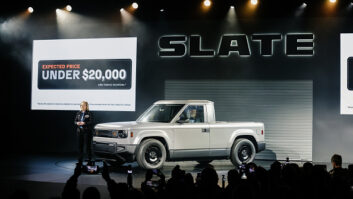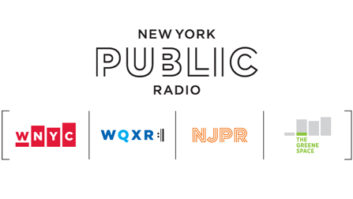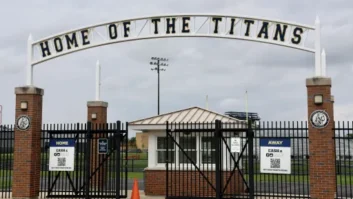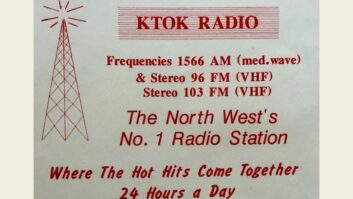What would an AM transmitter site look like today if built from the ground up, on a piece of property constrained in size and shape? That’s a question Lowell Homburger, principal at Abernat, Roxben & Boggs, and his colleagues needed to answer.
For decades, 1370 KWRM had operated from a five-tower array near the interchange of Interstate 15 and Riverside Freeway. But James Su, president of licensee EDI Media, was notified by the landowner that it planned to sell the property.
The station needed to find a new location as well as a new air chain. EDI brought in Homburger to coordinate the leasing of a location from San Bernadino County.
Generally speaking, Homburger feels that little or no attention is paid to the quality and efficiency of RF plants at today’s AM stations.
[Related: “Unstoppable: For Six Decades, Homburger Has Been Part of Radio”]
“There just aren’t a lot of people around anymore who understand AM. A lot of pressure is being put on Congress to mandate AM for all car radios, yet with the exception of a few top-rated news stations in major markets, the bulk of AM stations are staying together with baling wire and bubble gum.”
The FM dial in southern California is packed, so a translator was not a realistic option for KWRM. Yet its Chinese-language news, music and consumer-focused talk content offered an option otherwise unavailable on the radio in the San Bernardino-Riverside and Los Angeles markets.
“If you are offering a product people really want to hear, whether it’s AM or FM I believe makes no difference,” Homburger said.
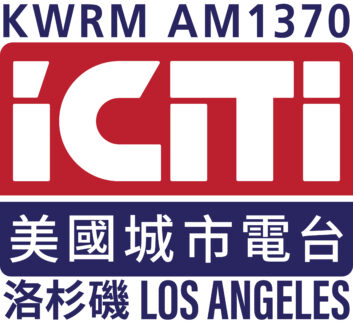
Tight fit
With the help of Mueller Broadcast Design of LaGrange, Ill., a suitable new home for KWRM was found on property owned by the county, eight miles northwest of the previous site. Homburger said Su’s connections in the county helped the process.
The site is about 1,500 feet from a runway serving Chino Airport along Kimball Avenue and is constrained in shape and size. How could KWRM go about deploying an antenna here?
The process has been complicated. The station secured special temporary authority to be off the air and has been renewing it since 2021. The land, surrounded by industrial parks, is an active sod farm. The plot would not support a very tall tower, much less more than one structure.
His firm keeps a list of engineers for both AM and FM. Longtime engineer Warren “Jerry” Smith, based in Jacksonville, Fla., casually suggested broadbanding the tower using a skirt-fed design.
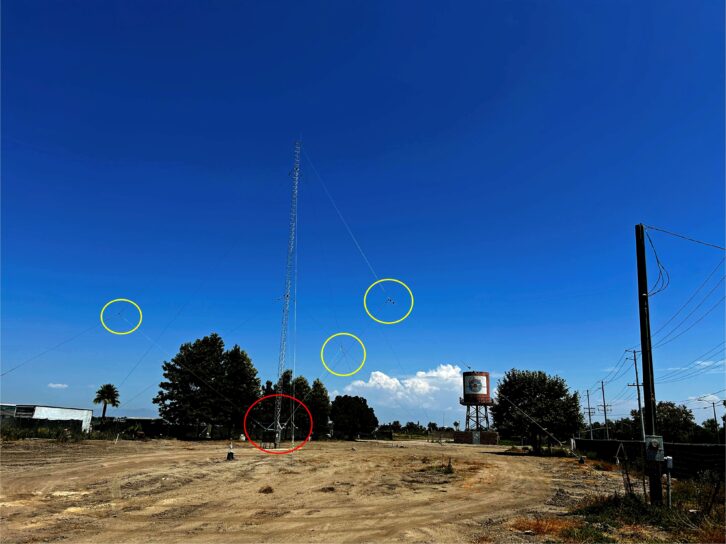
Homburger noted that in an engineering paper at an NAB Show, Ben Dawson, P.E., of Hatfield & Dawson and Dr. Bobby Cox of Kintronic Labs had described the concept of the umbrella-spoke or “flared skirt” antenna that has been implemented here. Dawson said that, like the basic skirt feed system, the concept has been used internationally for many years, particularly for very short or very high-power antenna systems.
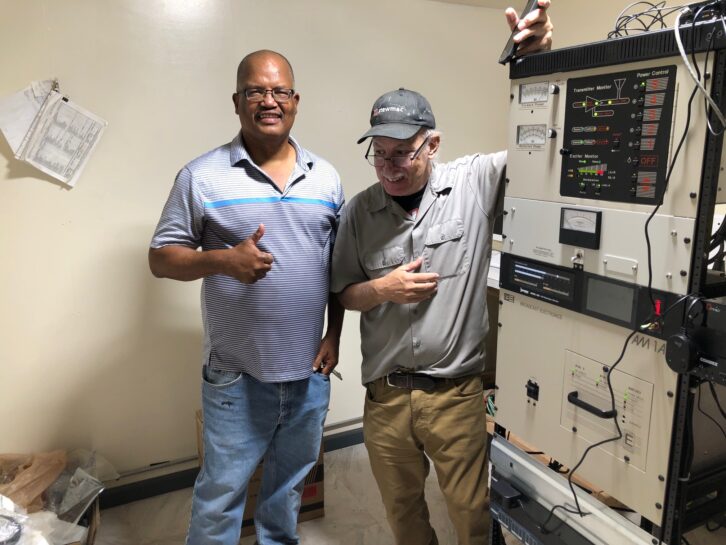
KWRM’s engineering team, under the stewardship of Ashley Wallen, has been innovative in getting the site up and running. An experienced engineer who has worked in jungles in Central America and Africa over a 17-year career for VOA, Wallen designed the transmitter site layout. The physical work was done by Tower Engineering Professionals of Raleigh, N.C.
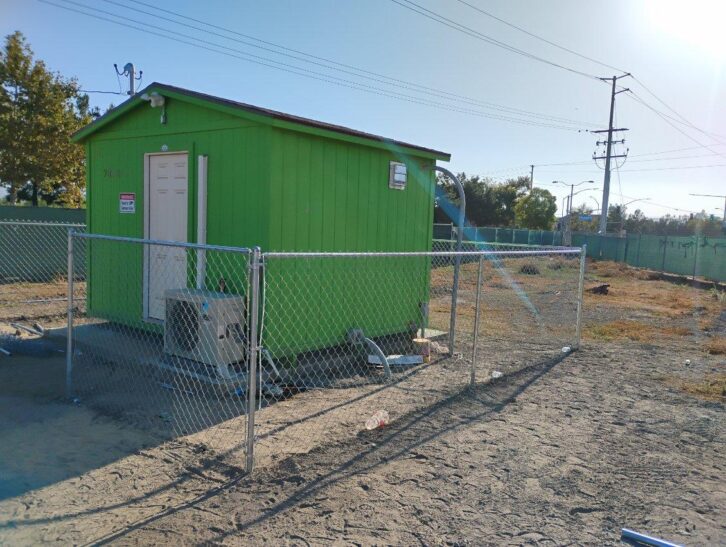
The piece of land EDI obtained is rectangular, not square. The radials would normally be about 120 feet long, but the system could not be equally spaced; thus some extend only about 80 feet to the north and south, while a few others are longer than 120 feet to the east and west. Homburger feels this has improved the signal and credited Wallen for the idea.
With southern California’s climate, water is an important commodity. The sod farm has an irrigation system. Wallen wondered if it could be tapped to give the land enough moisture; farm management agreed, so spigot heads and water supply lines were installed.
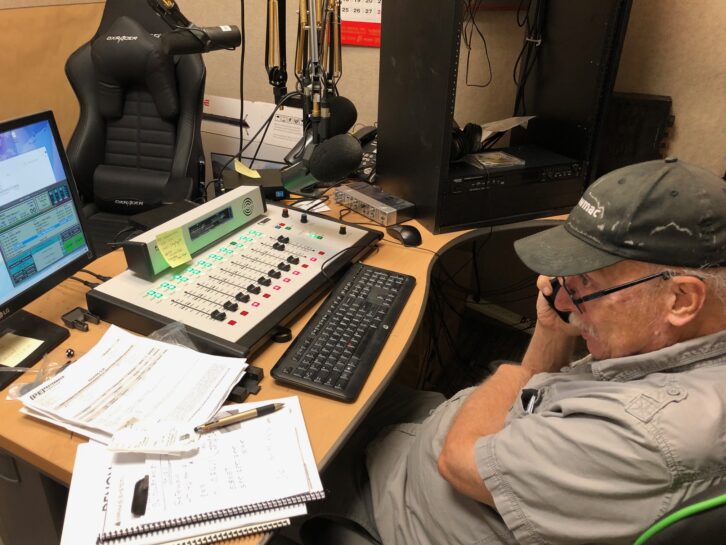
All equipment at the studio and transmitter is new. The studio is 22 miles from the antenna, in West Covina; its console is an Arrakis Systems H-10 and DJB automation supports on-air programming and operations.
(Listen to KWRM’s broadcast stream.)
Smoothing the sound is an Angry Audio Chameleon, which Homburger likens to a modern Compeller: “It brings up the average modulation without sounding overly taxing.” The internet stream uses a Telos Z/IPStream encoder and processor.
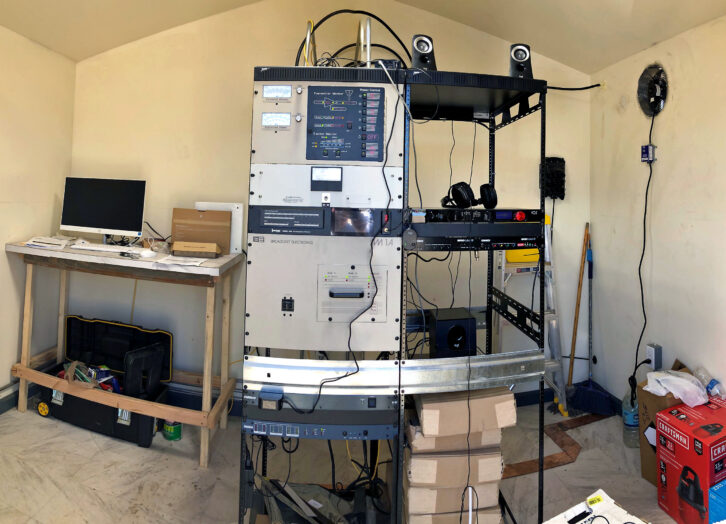
At the tower site, an Omnia Volt AM audio processor supports the Broadcast Electronics AM-1A transmitter. The tower itself was provided by Magnum Tower; P&R Tower erected it and installed the components. Bobby Cox at Kintronic implemented the design he and Dawson had described in their paper for the skirt antenna and ATU. Blueprints for its mechanical design were created by Paul J. Ford & Company of Columbus, Ohio.
Homburger believes no tower has been built recently like this in the U.S. The skirt design fit well, improving the bandwidth of the system while not adding excessive mechanical load to the tower.
Satisfying results
On Oct. 6, KWRM finally went live from the Chino site. Homburger says the air chain has outperformed expectations. The 1370 signal can be heard at LAX some 53 miles from the antenna. In downtown Los Angeles, about 35 miles away, the signal is not great, though Homburger was pleased it made it there with daytime power of 1.1 kW. The signal has been heard as far west as Santa Barbara, north close to Barstow, and east to within miles of Palm Springs.
Most importantly, in the eastern L.A. suburbs with their significant Chinese population, KWRM’s signal is excellent. The previous location did not provide nighttime signal there; now, Homburger says, the signal is local-like at night, and daytime coverage is improved. He said the skirt antenna has provided better bandwidth. With a broadband AM receiver, he said, fidelity is analogous to that of an FM signal.
A few other cool gadgets are helping KWRM’s setup.
Frontier fiber-optic service is the primary connection at the site but was not in place when the station wanted to get on air, so an alternate method for signal delivery was needed. Homburger said the station used Simetry’s IoT service through a BR1 Mini Cat-7 cellular router. For KWRM’s IP-based STL, they’ve kept the connection as a backup, with a Titus MLW4 audio switcher. He encourages clients looking for backup data connections to use this as opposed to other cellular hotspots.
Su plans to add call-in shows for the Chinese-American community, along with spoken-word programming offering financial and medical advice. At first, EDI eschewed putting the station on an eight-second delay, but Homburger said it plans to install an Eventide system and Telos Hx2 digital phone hybrid.
EDI promoted the station launch at the annual Chinese American Film Festival, which it produces. KWRM will tap into the ICITI TV cable network in southern California — also a part of EDI Media — which has its own news department.
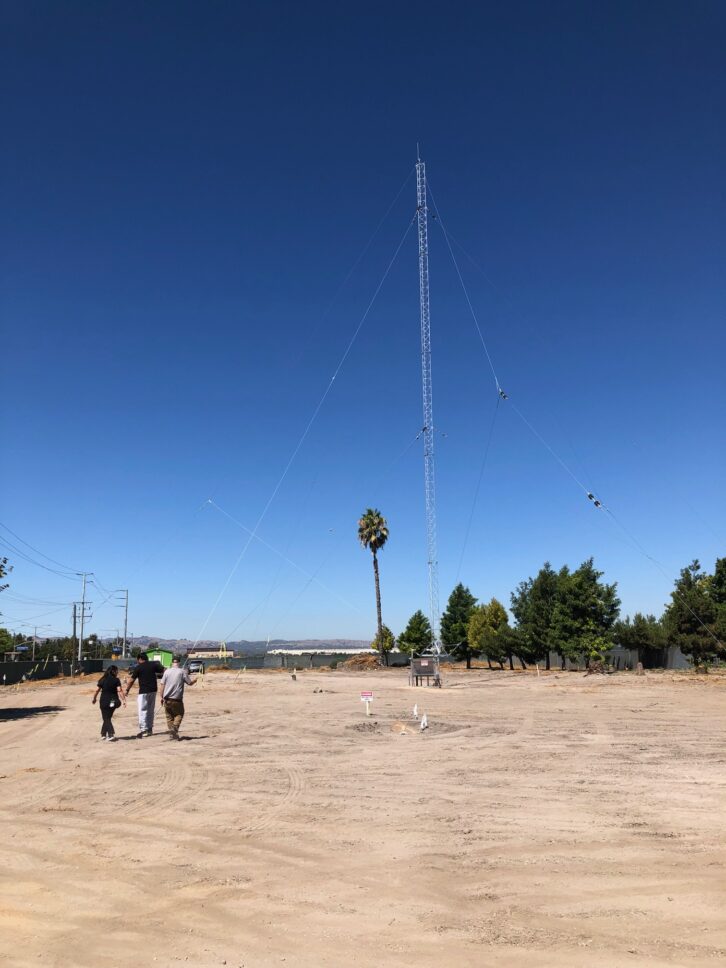
Is the station’s experience a model for others? Homburger says any broadcaster looking to downsize or move elsewhere should consider the umbrella-spoke/flared-skirt antenna.
“The value of land is too hard to pass up,” he said, “and if you can’t diplex somewhere else, this is a feasible way to make a station sound and propagate even better using a minimal amount of land for a short tower. It’s an opportunity to cover your community with a wonderful signal from a small piece of property and an improved level of bandwidth.”
Sidebar: Learn more about the flared skirt
“A flared skirt is a set of symmetrically spaced cables around the tower, which attach electrically near the top of the tower, extend outward from the tower along a path similar to the top guy cables, and then turn back in toward the tower base at a point roughly halfway down the tower,” wrote Bobby Cox of Kintronic Labs and Ben Dawson of Hatfield & Dawson Consulting Engineers in a 2022 Radio World article.
[Related: Radio World’s 2022 Engineering Extra on the skirt antenna]
“Insulators at this midpoint insulate the cables from ground. The cables terminate on an insulated feed ring encircling the tower base above ground level, similarly to a conventional skirt feed. The antenna is driven between this feed ring and RF ground. The resulting flared skirt takes the shape of a diamond, looking rather like umbrella spokes.”
These systems are used to provide a feed arrangement for grounded towers that is mechanically simple but has certain attractive aspects.
“The wide bandwidth characteristics of the flared skirt make these antenna designs extremely useful for multiplexing several AM stations onto a common antenna,” said Dawson.
“Many such systems are in use outside the United States for high-power AM broadcast, both in non-directional and in directional stations. Many of these operations are also multiplexed and are fully compatible with digital modulation, such as DRM,” he said.

